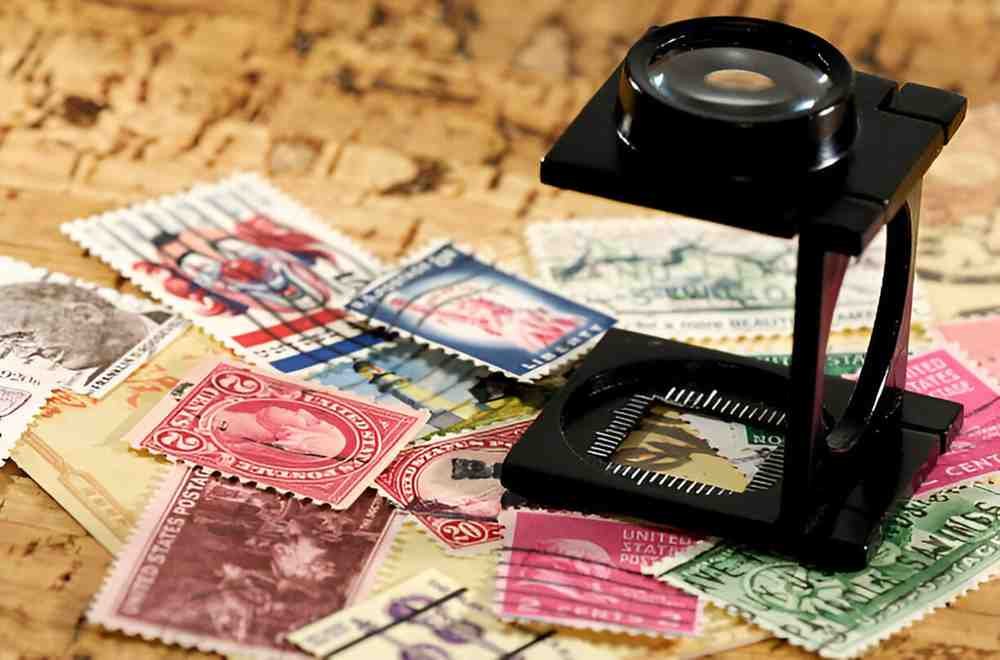As an investor, I’m always on the lookout for interesting opportunities. Some investments are obvious, like stocks, bonds, or real estate, but there are also unconventional ones that many people don’t consider. One such investment is Forever Stamps. These stamps are sold by the United States Postal Service (USPS) and are priced at the current first-class mail rate. They can be used indefinitely, even if postal rates increase in the future. But the question arises: Are Forever Stamps a good investment? In this article, I’ll explore various angles and perspectives to help you understand whether investing in Forever Stamps makes sense.
Table of Contents
What Are Forever Stamps?
Before diving into whether Forever Stamps are a good investment, let’s first define what they are. Forever Stamps are a type of postage stamp introduced by the USPS in 2007. These stamps allow you to mail a letter at the current first-class rate, no matter when you use them, even if the postal rates increase in the future. For example, if you buy a Forever Stamp for 58 cents today, you can use it to mail a letter in 10 years, even if the price of first-class mail has risen to $1.00. This feature makes them different from regular stamps, which are valued based on the current postage rate.
The Basics of Investing in Forever Stamps
At first glance, investing in stamps might seem unusual. However, the idea behind it is simple. The key benefit of Forever Stamps as an investment is their potential to appreciate in value over time. Here’s how this works in theory:
- The USPS raises postal rates periodically. This means that the cost of sending a letter increases over time.
- If you purchase a Forever Stamp today, you lock in the current postage rate, and you can use it in the future when rates are higher.
- This makes Forever Stamps a potential hedge against future postal rate hikes.
While it sounds good in theory, the reality is more complicated. Let’s explore the pros and cons of investing in Forever Stamps to see if this is a wise financial move.
The Pros of Investing in Forever Stamps
- Protection Against Postal Rate Increases
As mentioned earlier, one of the main advantages of Forever Stamps is that they protect against future postal rate increases. Historically, the USPS has raised postage rates about once or twice a year. These increases can be significant—sometimes by 5% or more. If you purchase Forever Stamps, you can effectively “beat” these rate hikes by locking in today’s price.
For example, in 2019, the USPS raised the price of a first-class stamp from 50 cents to 55 cents. If you had purchased Forever Stamps at the 50-cent rate before the increase, you would have saved 5 cents on every letter you sent after the rate hike. Over time, as postage rates continue to rise, the value of your Forever Stamps increases.
- Long-Term Value
Forever Stamps are a long-term investment. While they don’t promise immediate returns like stocks or real estate, they can provide value over a long period. If you hold onto your stamps for years, the value could rise substantially. For instance, if you buy 100 Forever Stamps for $58 (the 2023 rate), and the price of postage increases to $1.00 in 10 years, you’ve essentially made a 72% return on your investment.
Let’s break this down with a simple example:
| Year | Stamp Price (in cents) | Increase in Value | Cumulative Increase (%) |
|---|---|---|---|
| 2023 | 58 | 0 | 0% |
| 2024 | 60 | +2 | 3.45% |
| 2025 | 62 | +4 | 6.90% |
| 2026 | 65 | +7 | 12.07% |
| 2027 | 70 | +12 | 20.69% |
| 2033 | 100 | +42 | 72.41% |
- No Maintenance or Fees
Unlike other investments, such as stocks or real estate, Forever Stamps don’t require any maintenance, taxes, or management fees. Once you purchase the stamps, they’re good for life. You don’t have to worry about market fluctuations, interest rates, or upkeep costs. This makes them an easy, hands-off investment.
- Portability and Liquidity
If you ever need to liquidate your investment in Forever Stamps, it’s relatively easy. Stamps are widely accepted, and you can use them for personal mail or sell them on the secondary market. While they’re not as liquid as cash or stocks, they still offer a certain level of flexibility.
The Cons of Investing in Forever Stamps
While Forever Stamps have some attractive benefits, there are also significant drawbacks to consider.
- Limited Appreciation
One of the biggest drawbacks of investing in Forever Stamps is that their value is limited. Unlike stocks or real estate, which can appreciate substantially over time, Forever Stamps don’t offer the same level of potential return. The price of a Forever Stamp is tied to the USPS’s first-class mail rate, so their appreciation is capped by the rate increases implemented by the USPS.
If you compare the historical price increases of first-class stamps with other investment assets, you’ll see that they are relatively slow and predictable. For example, from 2007 to 2023, the price of a first-class stamp has increased by about 16 cents, or roughly 40%. While this might seem like a solid return, it pales in comparison to the average annual return on the stock market, which is around 7-10%.
- Unpredictable USPS Decisions
While the USPS has historically raised rates on a regular basis, there’s no guarantee that this will continue in the future. The USPS is a government entity, and its decisions are often influenced by political factors, budget constraints, and changes in consumer behavior. There’s always the possibility that the USPS could freeze or even reduce rates in response to shifting circumstances. If this were to happen, the value of Forever Stamps would stagnate, and you could find yourself holding stamps that aren’t worth much more than their original purchase price.
- Not a Diversified Investment
Another drawback of investing in Forever Stamps is that they don’t offer the same level of diversification as other investment options. When you buy stocks, bonds, or real estate, you’re investing in a variety of assets that can spread risk. But with Forever Stamps, you’re relying solely on the future performance of the USPS. If postal rates don’t rise as expected, or if the USPS faces financial difficulties, your investment could be negatively impacted.
- Inflation and Opportunity Cost
Forever Stamps are relatively low-cost investments, but they also come with an opportunity cost. Money spent on stamps could be invested elsewhere, where it might generate higher returns. While the potential returns on Forever Stamps are decent, they’re unlikely to outperform other investments over the long run. Furthermore, inflation could erode the purchasing power of the money you’ve invested in stamps.
Example Comparison: Forever Stamps vs. Other Investments
To give you a clearer idea of how Forever Stamps compare to other types of investments, let’s look at a comparison table. This table illustrates the potential returns of investing $1,000 in Forever Stamps versus other asset classes over a 10-year period.
| Investment Type | Initial Investment | Estimated Return (10 years) | Annualized Return | Risk Level | Liquidity |
|---|---|---|---|---|---|
| Forever Stamps | $1,000 | 40% | 3.5% | Low | Low |
| U.S. Stock Market | $1,000 | 70% | 7% | Medium | High |
| Real Estate Investment | $1,000 | 60% | 6% | High | Medium |
| Bonds (U.S. Treasuries) | $1,000 | 15% | 1.5% | Low | High |
As you can see from the table, investing in Forever Stamps offers a relatively low return compared to other asset classes like the stock market and real estate. However, it does come with a lower risk level and greater simplicity.
Conclusion: Are Forever Stamps a Good Investment?
So, are Forever Stamps a good investment? The answer depends on your investment goals and risk tolerance. If you’re looking for a low-risk, hands-off investment that provides some protection against rising postal rates, then Forever Stamps might be a good option for you. However, if you’re seeking higher returns or greater diversification, other investment options may be more appropriate.
While Forever Stamps won’t make you rich, they can offer a modest return over time. For those who already send a lot of mail, purchasing Forever Stamps can also be a practical way to hedge against future postal rate hikes. Just be aware that, like any investment, they come with their own set of risks and limitations.





